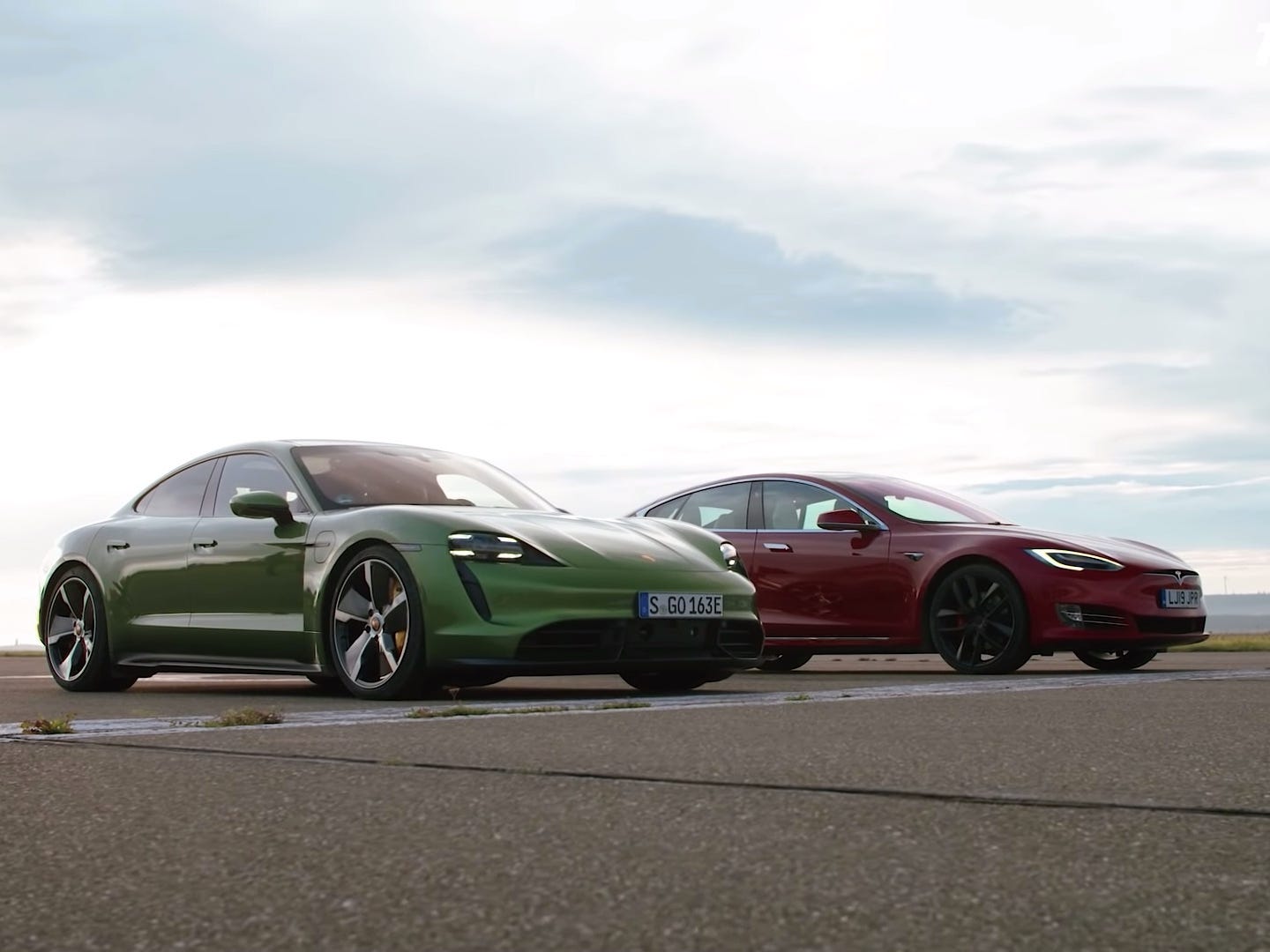The Porsche Taycan has become one of the models with the most significant impact of the year. The first electric car from Porsche that has even had its own space in the listed Super Bowl ads. But there is a stigma that has been chasing Taycan for a few months and is the result of the EPA’s autonomy tests. Some tests have resulted in figures that have touched the disaster. But the question is whether these figures correspond to reality and if the German electric is as inefficient in usual scenarios for him as the highways.
To find out, the German channel Nextmove has conducted a test of autonomy of the Taycan in a German autobahn. A route where the speed marker at 150 km/h has been tried to be maintained as long as possible, and whose data has been compared with the same test performed a few months ago with the Tesla Model 3 Long Range RW.
At the end of the test, these have been the final data of each model:
Tesla Model 3 LR RW
WLTP: 600 km
EPA: 523 km
Autobahn: 332 km
The difference from EPA: -37.59%

Porsche Taycan
WLTP: 450 km (Turbo version)
EPA: 323 km (Turbo version)
Autobahn: 314 km
The difference from EPA: -3.09%

As we can see, the final gap in these conditions between the Taycan and Model 3 is just 18 kilometers in favor of the American model. A much smaller figure than we would expect from a German who, in the approval cycles, sees the statistics soar. Something that could indicate that the Taycan is something more efficient than we thought.
On the other hand, it must be taken into account that the Porsche is a bigger and heavier car. Still, it also assembles a somewhat larger battery than the Model 3, with 83.7 kWh useful compared to the 75 kWh of the Model 3.

